Student Blog

OT in Oncology ⟩
February 15, 2018, by Kaitlyn
Getting Involved What are OS/OT?
I have met a lot of amazing and inspiring people during my journey to becoming an occupational therapist. While I try to preach equality as much as I can, there is still one patient that remains one of my favorites to this day. In my freshman year of college, I volunteered at USC Norris Comprehensive Cancer Center, where I met the woman who would spark my road to health care.
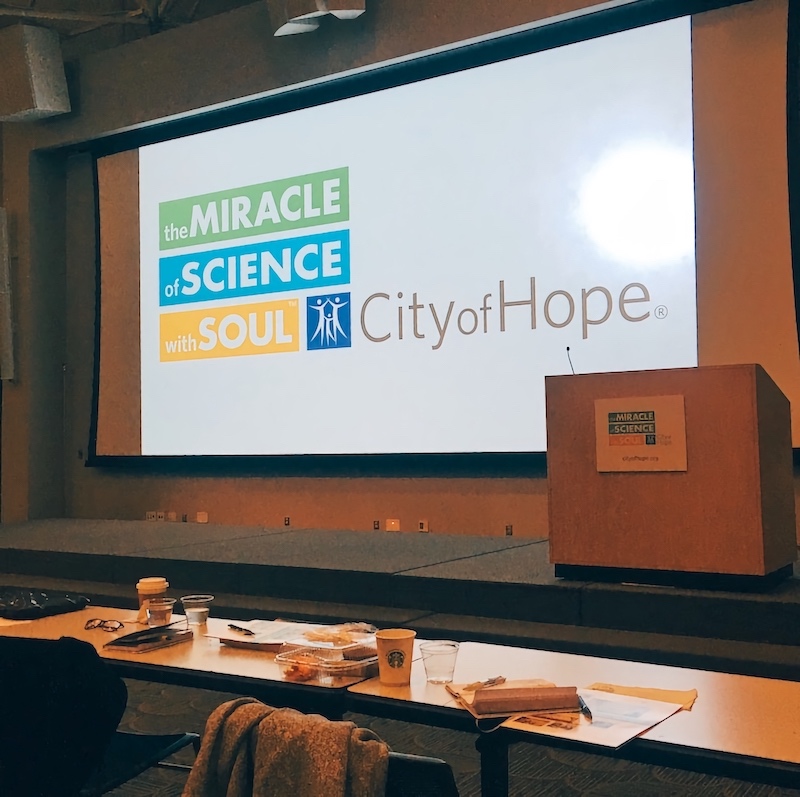
Without going into too much detail, she was the kind of woman who wore lipstick everyday even though symptoms and side effects of her diagnosis and treatment yielded a thinning (and nearly disappearance) of her lips. She told me countless stories about her life in her twenties and early thirties — all of places she had lived, all of the countries she had traveled to, and all of the men she had to date before she found her husband (this is my mini plug to say happy belated Valentine’s day!). She was such a light in my life at the time (and still is, to be quite honest) and my interactions with her and all of the other patients in that hospital are what solidified that working with patients in healthcare is what I wanted to do for the rest of my life.

Golden hour outside City of Hope.
That was nearly 7 years ago (wow, how time seriously and flies!), and since then, oncology has always held a special place in my heart. As I continued OT school, I was so happy to discover that OT does play a role in cancer care as well. With that being said, a few weekends ago I attended the ‘OT in Oncology Symposium’ hosted by OTAC and City of Hope. This is the first time they’ve held an event like this on this topic, so I knew that I could not pass up the opportunity.
At this event I learned about a multi-pronged approach to cancer-related fatigue, pediatric oncologic OT in acute care, a comprehensive approach to address cancer-related cognitive impairments, evaluation and treatment of of chemotherapy-induced peripheral neuropathy, psychosocial interventions across the continuum of cancer care, and even how to manage cancer as a chronic condition using a Lifestyle Redesign® approach (lectured by our very own, Dr. Camille Dieterle).

Symposiums are always fun with a friend! I went with Jen, a friend of mine who is also in the program.
Within these topics, I learned about how fatigue, as a result from cancer, can negatively affect cognition in patients’ everyday lives and how we, for example, can educate the client on how to take proper rest breaks throughout the day. I also learned about the importance of facilitating normalcy and encouraging toddlers with cancer to participate in play in order to yield a sense of autonomy and self, even in a setting like a children’s hospital. In addition, I learned different exercises (i.e., median nerve glides, overhead elbow active range of motion stretches, etc.) to incorporate into treatment sessions with patients to help reduce edema (swelling) and increase tissue circulation in the body. I learned a lot more but if I kept on going this blog post would be way too long!
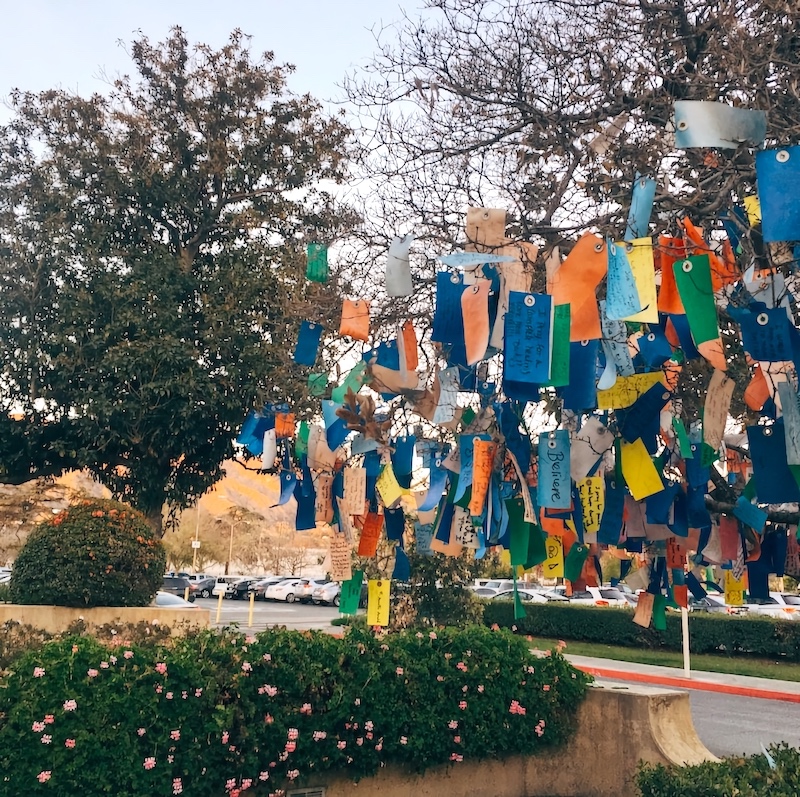
Outside City of Hope, there are trees you can attach written notes on. A lot of the notes had messages of hopes, wishes, and desires for loved ones.
One of the biggest takeaways I learned from this symposium is that in oncology care (and in any area, really), an extremely essential role for OTs is to present and instill hope in our patients. Yes, as OTs we assess and work on patients’ instrumental activities of daily living (IADLs), activities of daily living (ADLs), and range of motion (ROM), but an even more important role is that we aim to make our patients feel understood and really look at what roles are most impacted during this time in their lives. A role can be that of a mother who wants to be able to pick up her child, or it can even just be that of a woman who wants to be able to put lipstick on every day.
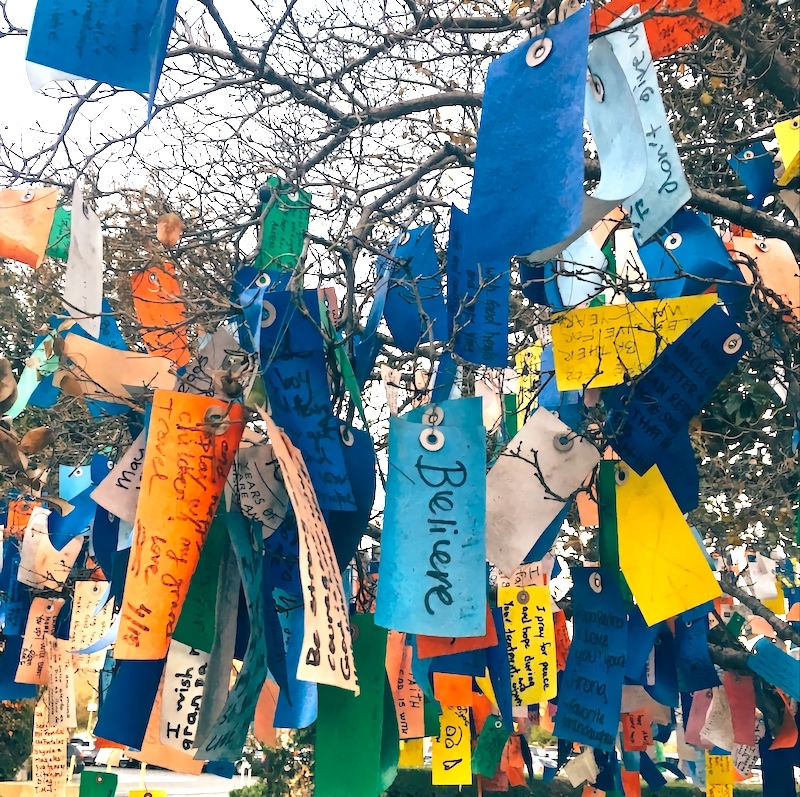
⋯
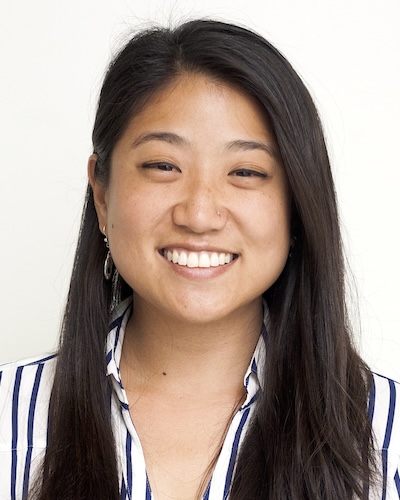
Sunday Brunch with My Mentor ⟩
February 14, 2018, by Erika
I know, I know, I sound like a broken record but I’m saying it again. The Division makes it a point to ensure that all students feel supported. One of the best ways they make this happen is through opportunities to form relationships with faculty. One the best ways they facilitate THAT is through the faculty mentor/student mentee program.
Every semester, all first and second year students are matched with faculty mentors. Typically, you are matched with your mentor according to the practice area you are interested in pursuing. As with many students, that can change with each semester so really, you’re given a great opportunity to have a mentor to reach out to as your interests shift. These practice areas can vary from your traditional adult rehab and pediatrics and mental health tracks to other non-traditional practice areas like academia, geriatrics, and research. It’s a great opportunity that the Division sets up to ensure that each student has direct access to a leader in OT that can provide guidance and support on whatever interest they may be pursuing.
This semester, I was paired with Dr. Don Gordon. He is an assistant professor of clinical OT in the Division and works in the inpatient unit at USC’s Keck Medical Center. He has also received his PhD in Occupational Science so as you can imagine, he has had a wealth of knowledge across the board — in clinical practice, academia, and research!
This past Sunday, he invited all his mentees to a brunch at his house! There were about 5 of us students that showed up and it was a really lovely experience. His wife Claire prepared the fluffiest pancakes any of us had ever tasted. We finally got to meet his son, Luke, who Dr. Gordon speaks so highly of during lectures. Unfortunately, his daughter Kyla was at a sleep over so we missed her but with all the stories Dr. Gordon and Claire shared about their kids, it was like she was there in spirit!
Brunch was really special. It was as informal as it was personal. It was one of those moments that felt like it lasted at most an hour but was actually 3 hours by the time we left! Time just flew. We discussed topics from our shared enjoyment of hiking and questions about what we’ve been learning in class to more philosophical conversations of whether motivational interviewing can be effective outside of therapeutic relationships. Whatever we wanted to discuss was able to be put on the table . . . next to the never ending stack of yummy pancakes.
I feel really lucky to have a mentor that has shown such dedication to forming a relationship and creating experiences with his students and I’m pretty sure I’m not alone in that sentiment. I hear there’s a hiking trip invitation coming our way soon from DG and I’m pretty stoked!
⋯

Shadow, Chance, Sassy ⟩
February 13, 2018, by Bryan
One of my favorite movies growing up was Homeward Bound (I think it is on Netflix). In the movie the owner of three household pets, two dogs and one cat, gets married and begins a new job in San Francisco, CA. As the owner relocates, he leaves his three companions on a ranch with extended family to take care of them. Drama unfolds, however, as Chance, a disobedient American Bulldog, begins to entertain the idea that they have been collectively abandoned to reside on this ranch till dog heaven. As the film progresses, both Shadow, the older and wiser Golden Retriever (I also named my first dog shadow!), and Sassy, a Himalayan cat, also begin to grow worrisome regarding the status of their owners.
From there, the three animals go on a rollercoaster journey, venturing into the thick of the Sierra Nevadas, following their instincts in a search for “home.” They encounter waterfalls, grizzly bears, porcupines, even incurring a few injuries along the way. Throughout it all, they they learn to band together through obstacles, trying to find their family.
Throughout this week, I have been thinking about Homeward Bound, dogs, and what gives a place meaning. I guess from an early age the idea of “home” fascinated me (as well as the love for dogs). Within our fast-paced culture driven by career changes from company to company, shifting communities, and wanderlust travels, I feel like home could easily get lost in experiences.
For one of our readings in OT 545: Advanced Seminar in Occupational Science, we read an article written by Ruth Zemke, one of our leaders in occupational science, who called for occupational therapists to consider what transforms a “space” into a “place” (Zemke, 2004). Zemke illuminates the distinction between a space and the unique meaning required to reinvision it into a place.
What are the important places in my life? What are the meaningful places in my patients’ lives? What makes a house a home?
As I sprint into halfway through my final semester of the entry-level master’s program here in the Chan Division, I am learning to reap the fruits of our curriculum emphasizing not only the clinical knowledge and therapeutic intervention as part of our patients’ recovery, but also the mindfulness and reflective thinking to understand them throughout that process. We as occupational therapists are gifted an opportune season in a person’s life in which life roles, physical abilities, and considerations of meaningful occupations might be transitioning, oftentimes starkly. Within these unstable moments, our reflections on an often ephemeral view of home might be the very incitation for us to take that next step forward. Maybe our therapy gyms or even hospital rooms can feel like much more than just space.

Shadow as a puppy
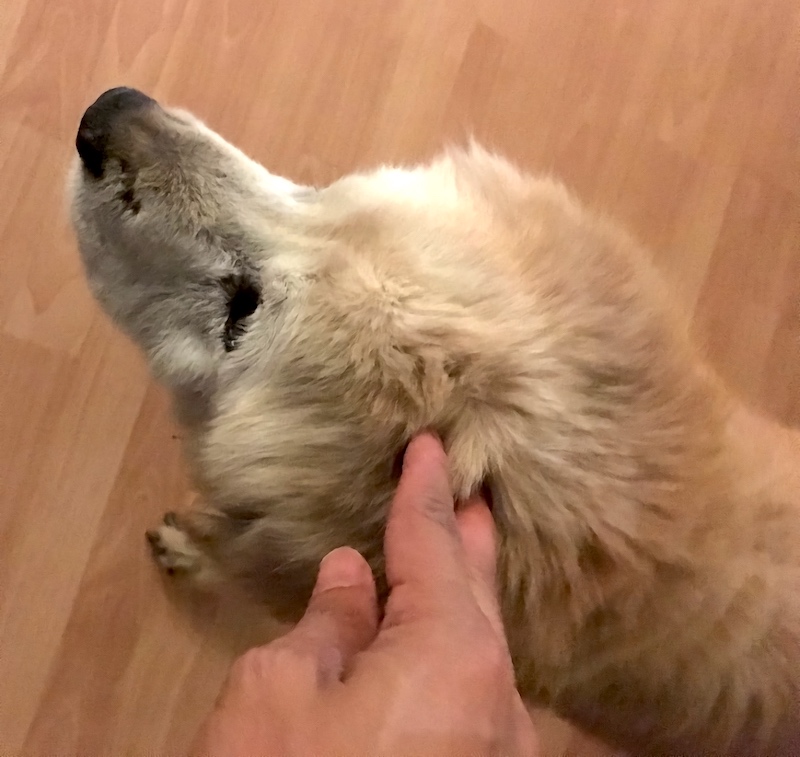
Shadow as an adult
⋯

Los Angeles Living! ⟩
February 9, 2018, by Ali
Housing and Transportation Living in LA
The ambassadors and I have been receiving a lot of questions about where we live in Los Angeles to commute to the Health Science Campus (HSC) for class! I wanted to shed some light on my living situations and hopefully answer some of your questions.
My first year in the program I lived in a house within a five minute walking distance to the University Park Campus (UPC). I loved living near the main campus of USC with the undergraduate community I still wanted to be a part of. Around the main campus there is the new campus village which has everything from Target to Trader Joes to two Starbucks locations! I took the USC Intercampus Shuttle to and from the main campus to the Health Science Campus each day. The shuttle was convenient and a great place to take a nap or finish up some last minute homework. Living near the main campus was great for me because I loved running around that campus and taking the ten minute drive to downtown LA for some great food and nightlife! The OT House is also located near UPC, so there was a lot of OT friends nearby which is always great. See Caroline’s post to read more about the OT house!
For my second year I decided to move to Palms, which is a small neighborhood on the Westside of Los Angeles. The rent is affordable and I love being closer to the beach as well as the benefits of learning a whole new part of Los Angeles. My commute ranges from twenty minutes to fifty minutes by car depending on traffic. Although I am from a small suburb in Sacramento, California, I am already used to the traffic that Los Angeles throws at us. I’ve learned that leaving at 7pm versus 5pm can make the world of difference. I either stick around campus after class and study at the library to wait for traffic to die down or I turn on a podcast and use the longer drive as a time to recharge alone! I also live right on by a metro stop and can take the metro to explore LA easily, which is an added bonus to my relocation. To read more about moving to LA and navigating a this city without a car read Linah’s post! Living in Palms has also been a nice change because it is a little further form downtown so there is less congestion around my apartment and it feels more like a neighborhood!
USC OT students live all over Los Angeles. People live anywhere from across the street in Currie Hall (Pro tip: see Kaitlyn’s post about living in Currie Hall!) to Orange County. Everyone has his or her own solution to find the right space and place in order to be successful in graduate school. If you have any questions about housing please feel free to reach out!
⋯
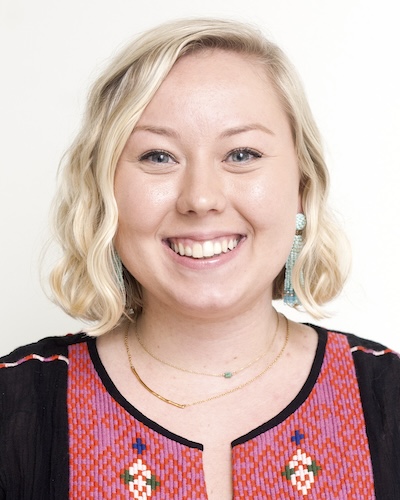
OT House Pros and Cons ⟩
February 7, 2018, by Caroline
This blog is dedicated to a building that I spend a lot of time in: The OT House. Although I don’t actually live in the OT House (I live in an apartment in Pasadena), most of my friends do, so it’s become a second home for me. Linah offered some advice about finding housing in LA and Kaitlyn wrote about Currie Hall, a graduate student housing option on the Health Sciences campus, so here’s one more housing perspective. The OT House (officially named Centennial Apartments) is a graduate student apartment located near the USC University Park Campus. Each unit is a 2 bedroom, 1 bathroom apartment with a kitchen, living room, and balcony. The building has a communal outdoor patio with lounge chairs and a grill. A gym is located in the basement with cardio equipment (2 treadmills, 2 ellipticals) as well as two benches with free weights. There is a communal lounge on the first floor with a large TV and table space to study with a group. Washers and dryers are available on every floor.
I polled a few friends (shout out to Brooke, Heather, Hanna, Emily, and Brett!) to get some Pros and Cons about living in the OT House, so here we go:
Pros
- Location
The OT House is a short walk to USC’s University Park Campus — easy access to the libraries and fun events on campus. The Village, a new complex with a Trader Joe’s, Target, restaurants, and a gym is also a short walk away. Additionally, the OT house is centrally located in Los Angeles, a short drive to downtown and 30 minutes away from the beach! - Great for Students without a Car
There is an inter-campus tram that picks students up right in front of the OT House in the morning and drops students off on the Health Science campus, where all of our classes take place. It’s a quick 30 minute ride — no need to have a car or deal with navigating traffic to get to school in the morning! The OT house is also within the Campus Cruiser boundaries; from 7PM-2AM students can take a free Lyft ride to anywhere else within the boundary. There are a couple of metro stops near the OT House, which students can use to commute to Fieldwork if they don’t have a car. - Safety
The building is very secure! You have to swipe into the building entrance AND swipe into the elevator. Only residents of the building are able to enter. A key is required to enter each floor using the stairs, and doors are locked with a key. In the event of an emergency, campus security is a quick phone call away. - Community
Living with fellow OT students is a great way to make friends and study partners! There is a Resident Advisor who plans various events for the building (most recently, trivia), and there is an OT Faculty Advisor, currently Dr. Kim Lenington, who lives at the OT house (with her very cute dog, Barney) and is available to spend time with and support students living at the OT House. I’m an “honorary” member of the OT House Facebook group, and I’ve attended a lot of fun gatherings at the OT House: 4th of July barbeque, superbowl party, holiday gift exchange, a wine and cheese sampling soiree, and so much more! Additionally, Engage is a weekly community outreach program hosted at the OT House. It’s a fun way to connect with and mentor children and young adults in the community, with games, activities, and dinner. - General Apartment Setup
The OT House is FULLY furnished: table and chairs in the dining area; couch, chair, and tables in the living room; bed, desk, and storage drawers in the bedroom (and sizable closets); fridge/freezer, oven, stove, and dishwasher in the kitchen (no microwave provided). For anyone moving to LA to start the program, this makes the move significantly easier — no furniture shopping or movers to deal with! Though the bathroom is shared, there are 2 sinks and the toilet and shower are in separate rooms, making it an easy set-up for a shared bathroom. The apartment has A/C, and you can control your own air in each of the bedrooms — negates the awkward thermostat debates with your roommate. - Cost and Housing Timeline
The 2018-2019 monthly rate per person will be $1,235, which is pretty competitive for Los Angeles. The housing contract lines up with the USC academic year — students can live there August-May and can do a summer contract May-August. This summer option is nice, as some students will choose to live in the OT House their first summer in the program, meet some friends, settle in and learn the LA area a little better, and then move to a different housing location for the fall. For students interested in doing Level II Fieldwork out of area during the summer, they don’t have to deal with paying for rent in two places or finding someone to sublet while they’re away.
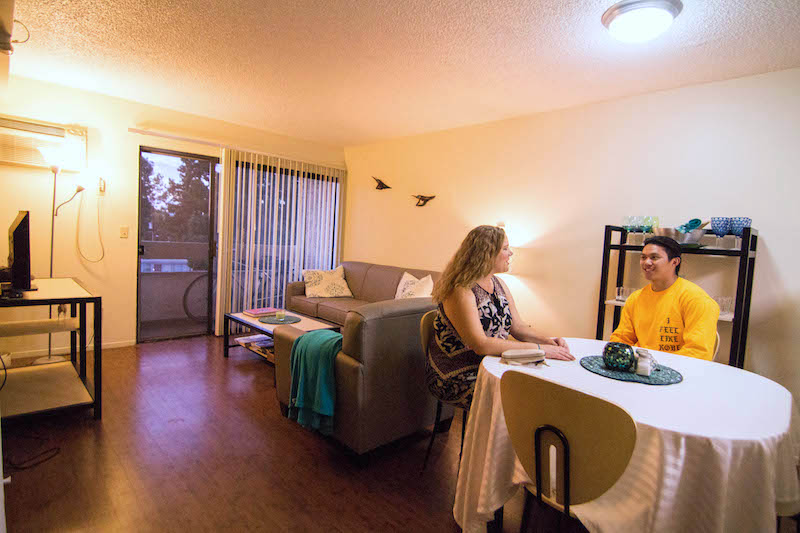


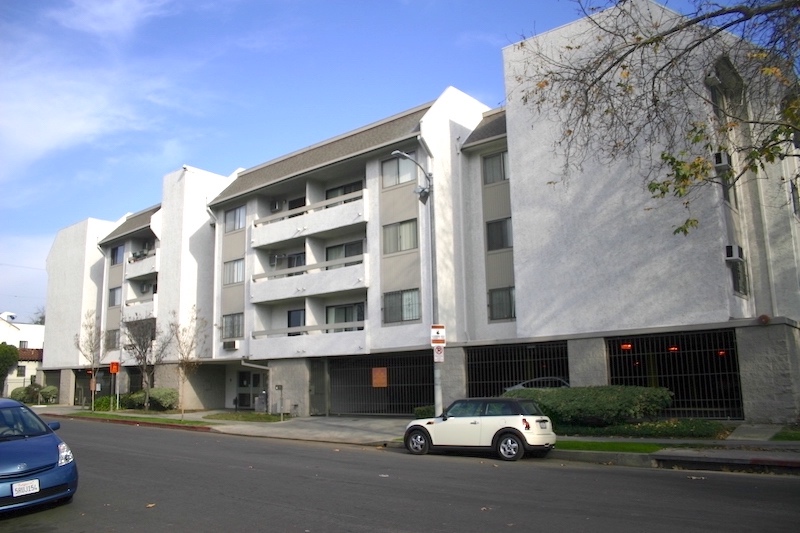
Cons
- Wear and Tear
The OT house is not a new building. If you’re looking for a super sleek and modern apartment, this is not it — it’s got some character though (in fact, some of our professors lived in the OT house when they were in the Master’s program . . . looking at you, Dr. Rafeedie!). To be clear, the OT House is not gross or falling apart, it’s just not a new building! If maintenance problems do come up, like a fire alarm battery that needs replacing or a toilet that needs unclogging, maintenance acts quickly and thoroughly. One of my friends living at the OT House even called maintenance for help when she saw a spider in her room (maintenance was very nice about it, and she’s working on her fear of spiders. We’re supporting her through it 😊) - Hidden Fees
The OT House has secure parking beneath and behind it, but it’s not free. Students living at the OT House pay $75/month for parking. There are washer/dryer units on each floor of the building, but those aren’t free either: the washer is $1.50 per load and the dryer is $1 per load. - Printing and Package Pickup
There is not a communal printer in the OT House; the closest one is in Sierra, another apartment building, which is a 5 minute walk away. Students get 50 pages of printing free per year. Packages deliveries are also sent to Sierra, which is not open late at night. Timing package pick up around the class schedule has been a complaint from my friends who live at the OT House. - The Shuttle Route
When taking the inter-campus shuttle back home at the end of the day, the route changes a little bit. It does not drop students back off right in front of the OT House. The closest stop in the afternoon is a 15-minute walk away from the OT House. Sure, I could spin it and say it incorporates a little activity into your day and allows you to hang out with friends and debrief the school day, but let’s be real. Sometimes at the end of the day, you just want to plop onto the couch, watch some TV, and not talk to anyone, and this added time to the commute delays that.
I’ve made a lot of great memories in the OT House, so I’m definitely partial to it, but there’s a lot to consider when deciding where to live. You can find more information about the OT House on our website and on the USC housing website. Hopefully this helps those of you thinking about the transition to LA!
⋯





